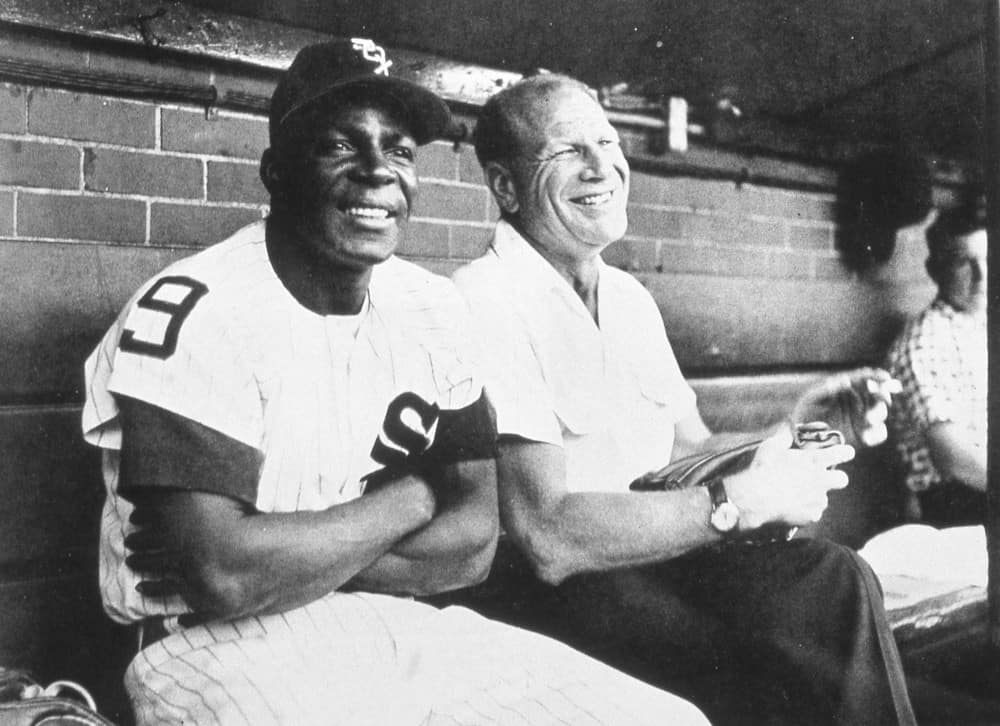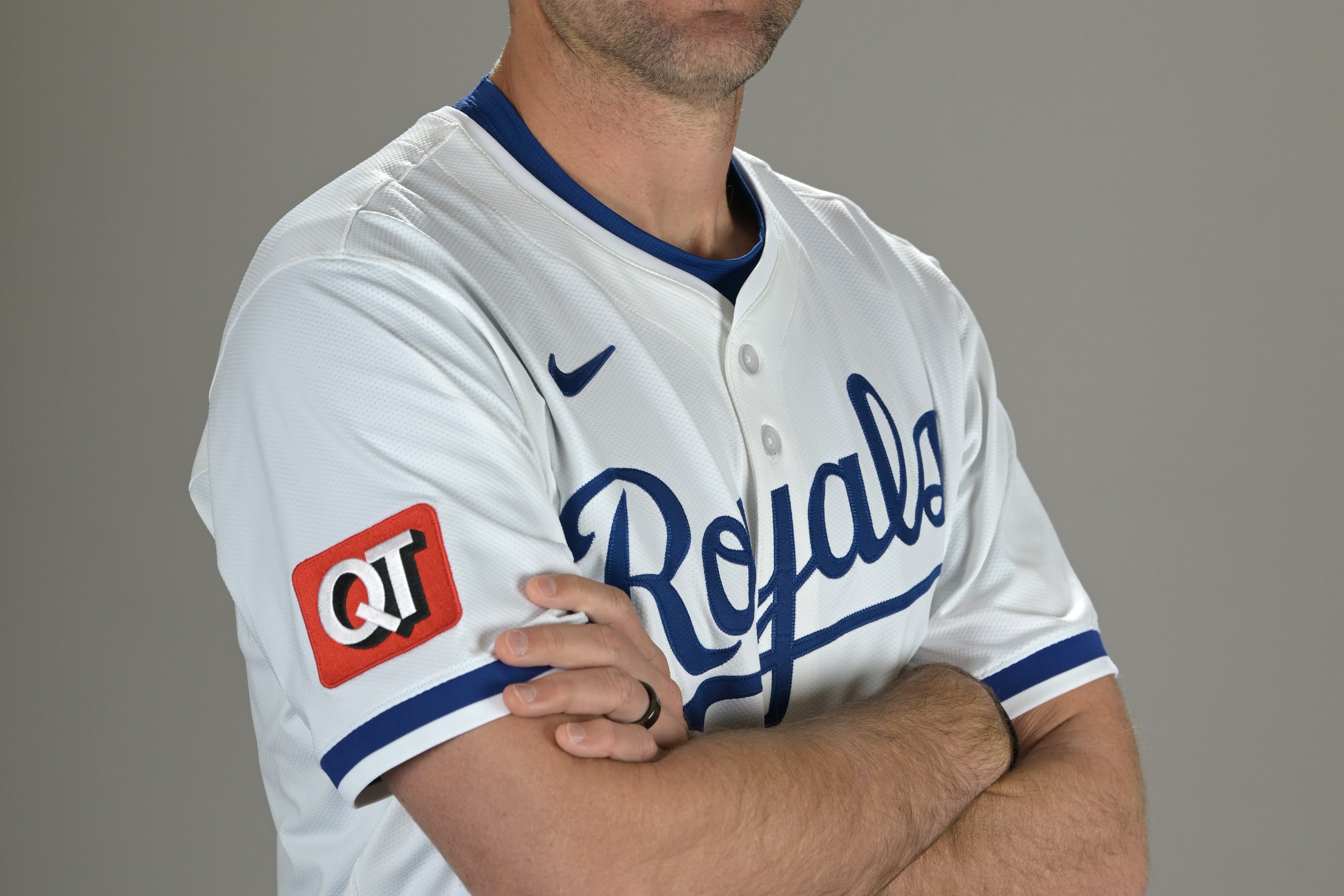Garrett Crochet occupies a strange in-between space during the White Sox bullpen's fitful first month. He's not the reason why it feels like Tony La Russa can't turn to anybody in high-leverage situations, but he's also short of the phenomenon who lit up radar guns and Statcast-centric sites and Twitter accounts last year.
Take Crochet's work in extra innings this year. The White Sox are 0-2 when the game goes into the 10th, and Crochet has taken both losses. He didn't pitch particularly poorly, the runs were unearned, and the White Sox offense was the bigger problem, but he also failed to strike out a batter in either appearance, which makes it easier for that runner on second to advance.
It also doesn't help that you don't want the ball hit anywhere near him. MLB.com lists four videos where Crochet is the primary fielder, and Crochet is 0-for-4. He should've had the out in at least three of them:
The through-line is Crochet's reduced velocity, which increases the number of balls in play, which puts Crochet's own PFP issues into starker relief. Statcast says his average fastball is down nearly four ticks, from 100.1 mph last year to 96.3 in 2021. That exaggerates the issue a little bit, because Crochet has been called upon for a couple of extended outings this year. The max velocity is a bigger issue. He's topped out at 98.9 mph this year, whereas last year a very nice 69 of his 72 fastballs cleared that bar in his debut season.
The topic has been largely ignored, or at least set aside. If the pandemic didn't exist and the White Sox beat could roam the clubhouse, a reporter would've gone up to him or Ethan Katz and asked what's the deal. But since Crochet has spent the season in that area between "star" and "goat," he's not a go-to guy for the pregame and postgame Zoom conferences. The story from March where Katz said he "wouldn't look too far" into Crochet's velocity loss wasn't designed to sustain inquiring minds for four weeks of ordinary aesthetics, because we only knew Crochet as extraordinary.
The update finally arrived on Wednesday, before the rainout that set up today's straight doubleheader against Detroit. Tony La Russa said Katz and bullpen coach Curt Hasler have been heavily involved in reinforcing a repeatable delivery. For his part, Crochet deployed a little bit of fatalism about whether the serial hundoes are a thing of the past.
Crochet said “if 100 comes back, it comes back.”
“With adjusting to big league hitters, before I was throwing it as hard as I could in a general direction and then I felt like I needed to hone in and just be more of a pitcher than a thrower,” Crochet said. “That’s the main thing, I do feel a lot more like a pitcher right now. I feel very good about what I’m doing out there.
“I’m just trying to make it through 162 games with this being my first full season. Getting in the weight room, feeling stronger every day and as long as the arm’s feeling good, then I’m OK with whatever the velo board says.”
It should be noted that Crochet started 2020 injured with a shoulder issue at Tennessee, and he ended the year injured with a forearm strain that caused a Tommy John panic. It's possible the delivery that generated that velocity spike is fundamentally unreliable, and so a greater overhaul is advisable. Year over year, you can see some tweaks. He's still uses the big leg kick, but he's holding his hands higher during the course of his windup, and his thrown hand doesn't drop as far when he rears back before firing.
The results have been fine so far, but they're just not enough to prop up a bullpen that's taking on water elsewhere. He has twice as many free bases (three walks, one HBP) as he does strikeouts (two) over his last five appearances and 26 batters. Crochet admitted that his slider isn't helping him right now, so he's had to wring more value out of his changeup. That offspeed offering has better days than others when it comes to action -- sometimes it just looks like a slow fastball -- but he hasn't given up a hit on it yet, so it's successfully buying him time if nothing else.
After a year where he only had to throw very hard fastballs in the direction of home plate, he's doing a decent job of improvising around a lack of bread or butter. His value has shown up in extended appearances, like his 2⅓ innings in the third game of the season, or his three innings bailing out Jonathan Stiever on Sunday, which earned him the MLB.com title of "Bleeding Reliever." Crochet's easier to touch now, but opponents aren't exactly touching him up. The ground-ball rate remains strong, as does the exit velocity. Crochet's holding his own when his entire appearance doesn't live or die on the path of one batted ball.
The diminished state of his velocity raises questions. Some he can't answer because it's not his jurisdiction, like, "Who else in the bullpen can succeed in high-leverage situations?" Aaron Bummer has allowed the first batter to reach in six of his nine appearances, which is a bigger disappointment that does not involve Crochet. Another question -- does this change his long-term outlook -- is too far in the future, because we don't yet know what he can do with his secondary pitches.
In the meantime, he can start to address the question of whether he can get more successful chases on his slider, because he can no longer rely on swings and misses with strikes.
- Zone contact rate, 2020: 68.8%
- Zone contact rate, 2021: 82.1%
If a better breaking ball is further in the future as well, then his changeup will have to continue doing the heavy lifting. It could be up to the task, as long as it's not being used to help the White Sox escape sticky situations not of Crochet's creation.
(Photo by John Cordes/Icon Sportswire)






